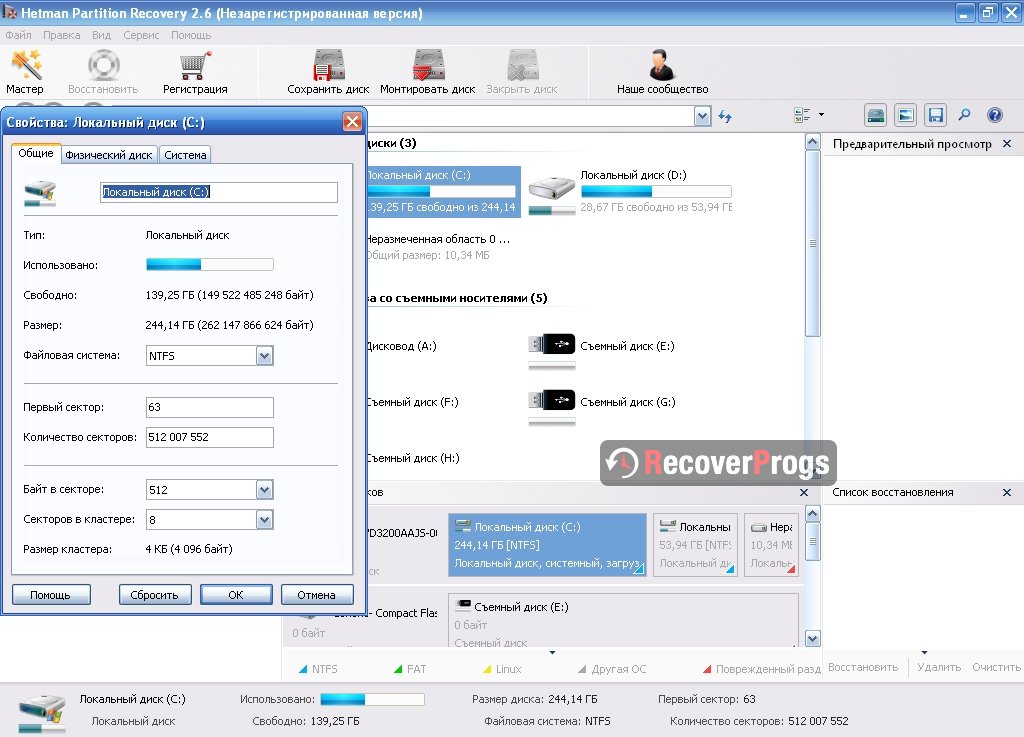

Always be sure to scan any untrusted documents before opening them.
Avoid opening untrusted documents: Opening untrusted documents can put your system at risk of viruses and malware, which can corrupt or delete your documents. This way, you can easily access them from any device with an internet connection. Use an online backup service: Online backup services such as Dropbox and Google Drive can be used to automatically back up your documents to the cloud. Use version control: Version control systems such as Git and Subversion can help you keep track of changes made to documents and revert to older versions if needed. You can back up your documents to an external hard drive, cloud storage, or other storage device. Back up your documents regularly: It is important to back up your documents regularly to ensure that you have a copy of them in the event of a data loss. Windows XP or Vista), the TRIM command will not be issued, and the files will remain recoverable. Use Hetman Uneraser or Hetman Partition Recovery to recover the documents.Įxception 3: if you were using the SSD drive with a version of Windows older than Windows 7 (e.g. Use Hetman Partition Recovery to scan the disk and recover the documents.Įxception 2: if your SSD drive was connected via a USB cable at the time it was formatted or a document was deleted, the TRIM command will not be issued, and your files will remain recoverable. There’s little hope with SSD drives, but there are important exceptions:Įxception 1: if your SSD drive became damaged or corrupted, the garbage collection algorithms will not engage, and the actual content of the disk will remain recoverable. If you delete a file, the TRIM command will clean up disk space that was used by that file. If you format an SSD drive, it’ll physically erase data, making the files unrecoverable. SSD’s employ a number of techniques to improve their performance and longevity, basically cleaning up everything that’s been deleted. 
If your documents were stored on an SSD drive, your chances of getting them back are rather low. The rest of the process is very similar to that described for Hetman Uneraser. More often than not you’ll be better served by the slower full scan mode. With formatted, repartitioned and corrupted disks, the quick scan mode is of little use.






 0 kommentar(er)
0 kommentar(er)
